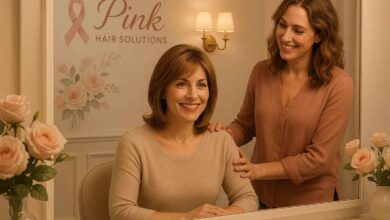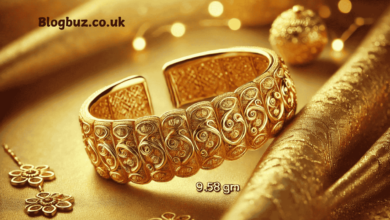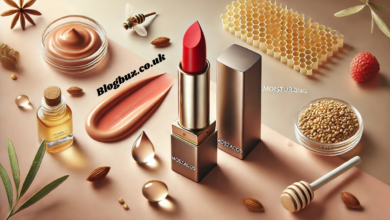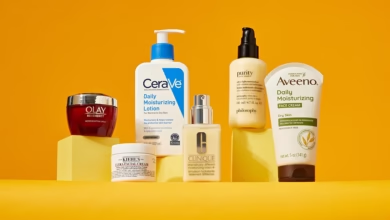A Practical Guide to Choosing the Best Baby Items and Kids Shoes
Understanding What Children Really Need
Every parent wants their child to grow up confident, comfortable and healthy. Still, it’s easy to ignore what’s really worth your time and money given the deluge of baby items and children’s shoes on the racks. Emphasizing comfort, development, and long-term worth, this guide breaks down what counts most when buying things for children.
Quality Baby Items That Support Growth
From when a baby is born, the right items can help to ease daily living. Consider basics include feeding equipment, diapers, strollers, and cots. Families should provide materials that are non-toxic, designs that assist physical growth first priority instead of following trends, and easily cleanable products first importance.
Among things that mix comfort with utility are organic cotton blankets, BPA-free bottles and movable high chairs. Especially in newborns with sensitive skin, pediatricians frequently advise soft, airy clothing to minimize skin irritation. Search for multipurpose designs that develop with the child when browsing baby products; examples of such designs are convertible cribs or car seats with long weight ranges.
Choosing the Right Kids Shoes for Developing Feet
Children’s shoes are not all made in equal measure. All important in early years, posture, balance, and mobility closely relate to footwear. Shoes should provide room for movement, cushioned support, non-slip soles in addition to fitting well.
Flexible soles are better than hard ones for children who are just beginning to walk. They let feet move naturally and muscles grow. while growing older children’s focus moves to arch support and durability. While still promoting foot health, a pair of shoes used daily in a classroom or daycare should resist playground wear and tear.
Remember that since sizes fluctuate rapidly during growth spurts, the American Podiatric Medical Association counsels parents to examine their children’s feet every two to three months. Should your youngster routinely remove their shoes or complain about them, this may indicate an improper size or form.
Avoiding Common Pitfalls
Parents often end up with closets full of unused baby items. Many products are marketed for convenience but offer limited practical use. Items like wipe warmers, bottle sterilizers and flashy toys may seem helpful but typically serve short-term purposes or can be replaced by more versatile alternatives.
The same applies to footwear. Kids shoes covered in cartoon characters or glitter might catch attention, but without proper structure and fit, they fail to support healthy development. Focus on substance over style — reliable brands often provide clear guidance on sizing and construction. Trusted reviews and expert recommendations can offer direction.
Making Smart Purchases on a Budget
Raising a child can be expensive, but smart buying reduces waste and expense in the long run. Many high-quality baby items and shoes retain value over time. Buying slightly higher-end items with durable construction often pays off, especially if you plan to use them for multiple children.
Look for sales from reputable stores or consider lightly used gear from verified resale platforms. Just make sure to avoid products that have been recalled or lack safety certification. Product recalls are usually listed on government or manufacturer websites and are worth checking before purchasing second-hand items.
Building a Routine That Works
Having the right gear is only one part of the equation. What matters more is how it integrates into your daily life. A stroller that folds easily or a pair of shoes a child can put on by themselves supports both independence and efficiency. Structure around bedtime, feeding and playtime makes life more predictable and less stressful — for kids and parents alike.
Children thrive in environments that balance freedom with consistency. Encourage them to participate in selecting their own shoes or outfits. This builds self-confidence while teaching practical decision-making. Involving kids in their own care choices strengthens trust and emotional connection.
What Experts Say
Pediatric experts emphasize that what babies and kids need most is a sense of security and responsive care. Products should support — not replace — meaningful interactions. A feeding chair that brings your child to the dinner table allows them to feel included, while well-fitting shoes give them confidence to explore independently.
According to a report from the American Academy of Pediatrics, age-appropriate equipment reduces injury risk and encourages proper development. For example, shoes with grip reduce falls, and ergonomic baby carriers protect caregivers from strain while supporting healthy hip alignment for infants.
Final Thoughts
Parents don’t need to buy everything to provide everything. Thoughtful choices in baby items and kids shoes can make a noticeable difference in your child’s comfort, growth and happiness. Keep your focus on fit, function and the overall needs of your child — not just what looks nice on a shelf.
By filtering out the noise and focusing on quality, development and practicality, families can create a supportive environment where children thrive. From the first steps in soft-soled shoes to learning independence with easy-to-use baby items, every decision matters. The best choices aren’t always the flashiest, but they are the ones that work day in and day out.




